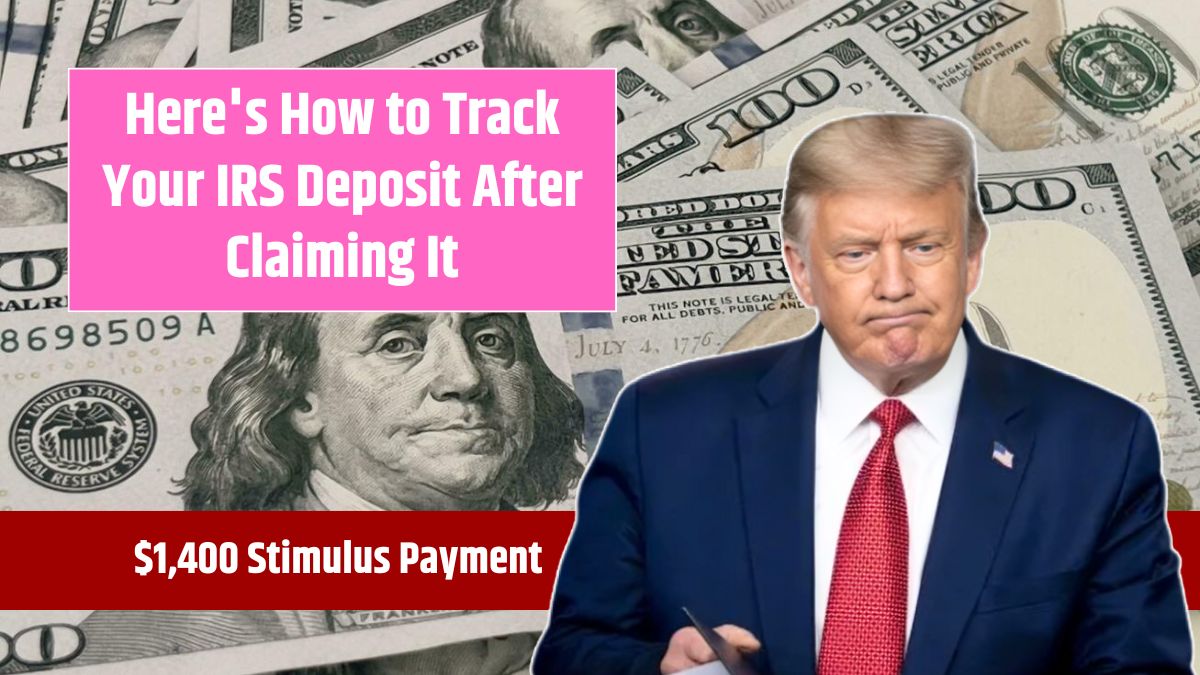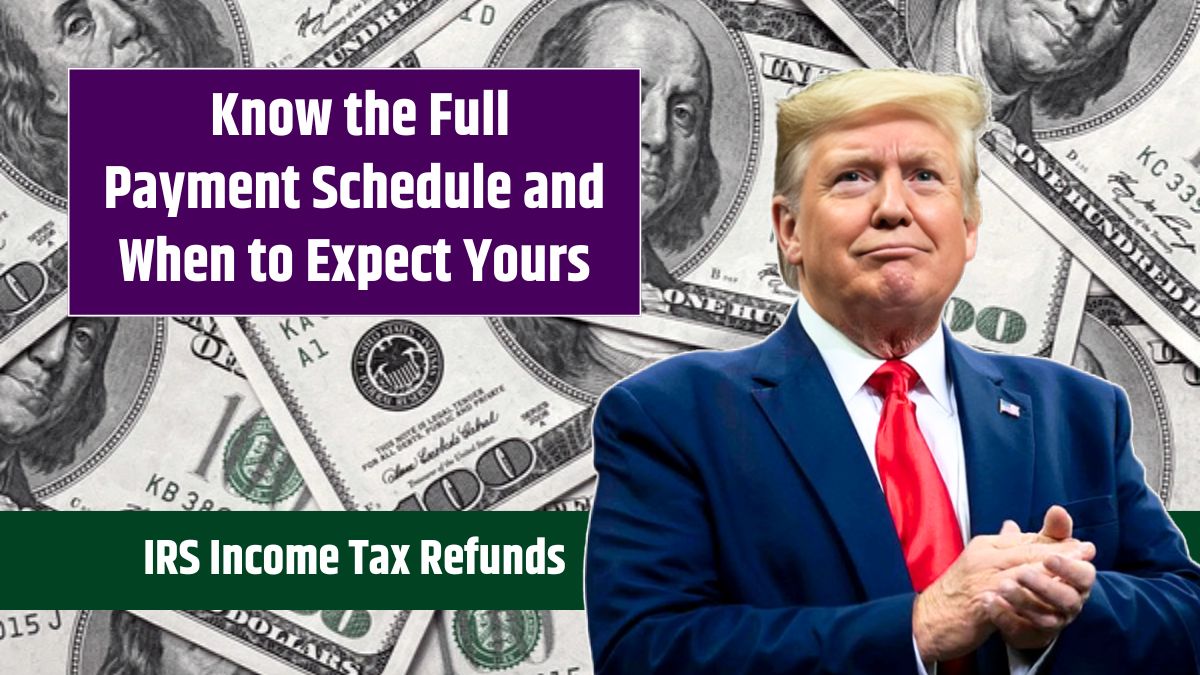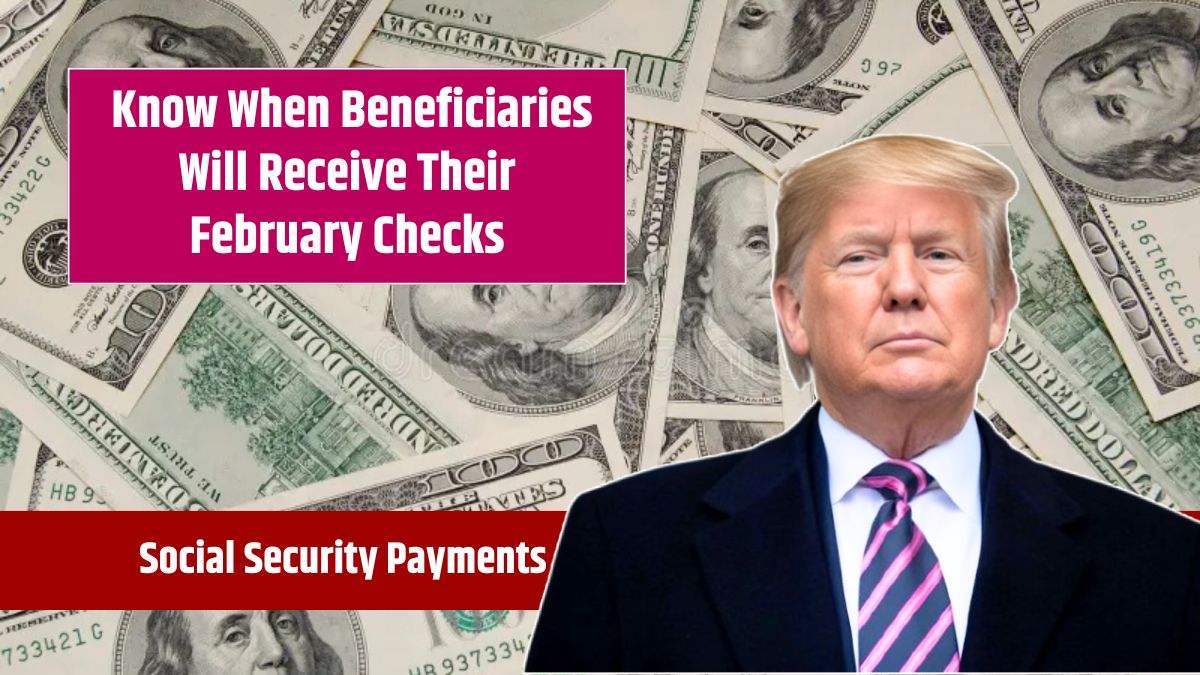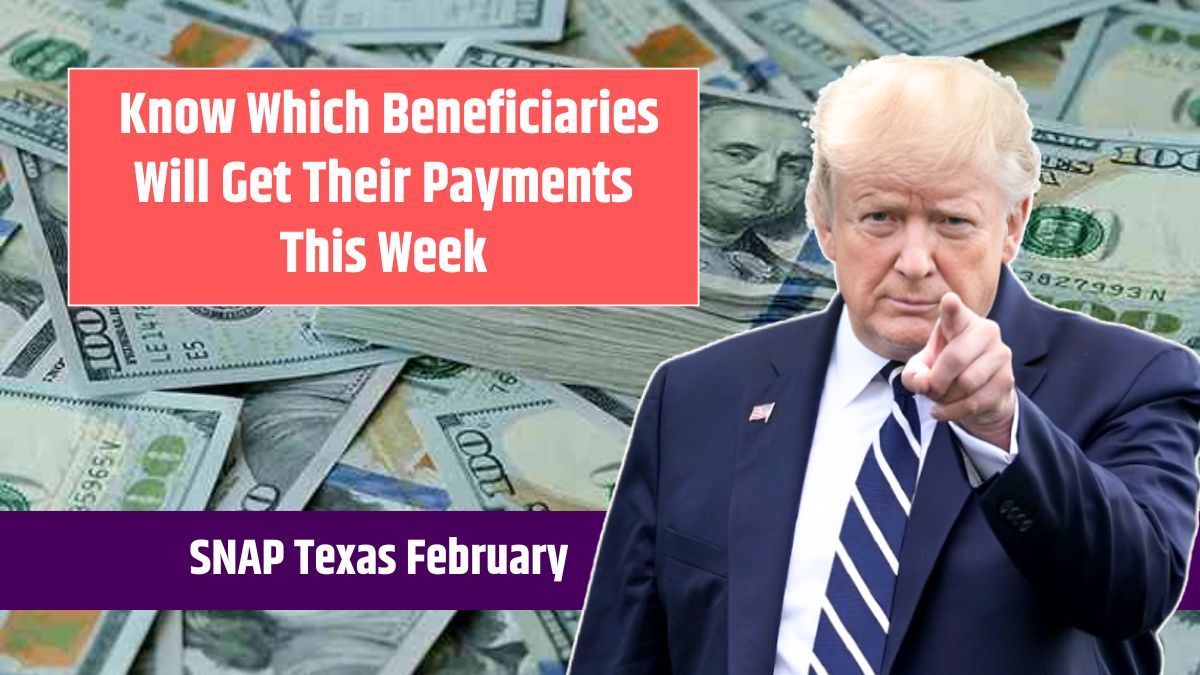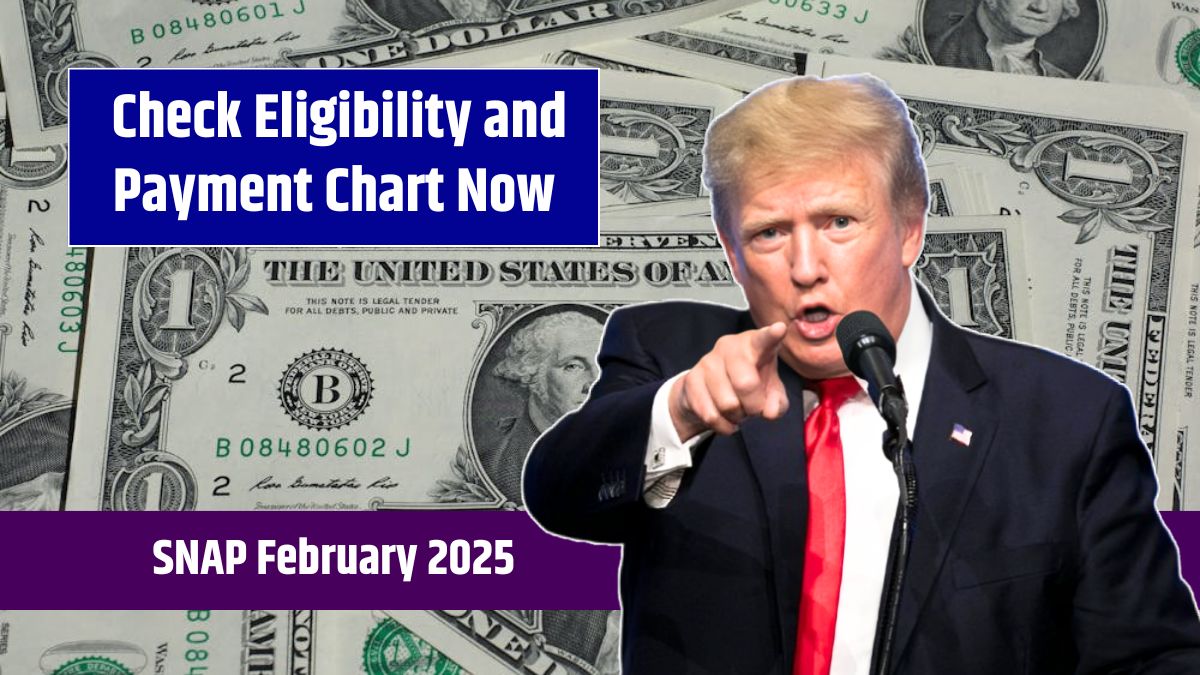The rising cost of living and inflation continue to strain household budgets across the U.S. To help, the IRS has issued special Recovery Rebate Credit payments of up to $1,400 to around one million taxpayers. This refundable credit benefits those who did not initially claim it on their 2021 tax return.
If you’re wondering whether you qualify or how to track your payment, here’s everything you need to know.
Table of Contents
Eligibility
The Recovery Rebate Credit was introduced as part of the federal response to the Covid-19 pandemic, providing financial relief through stimulus payments. The IRS automatically began distributing payments in December 2024 to taxpayers who:
- Filed a 2021 tax return but did not claim the Recovery Rebate Credit
- Were eligible for the Economic Impact Payment (EIP) but did not receive the full amount
- Did not need to take additional action, as they were identified by the IRS
If you were eligible, you should have already received the payment via direct deposit (if your bank details were on file from your 2023 tax return) or paper check (sent to your registered mailing address).
How to Track
If you haven’t received your $1,400 Recovery Rebate Credit, you can track it using the ‘Where’s My Refund?’ tool on the IRS website. This tool provides real-time updates and is refreshed once per day.
Track Your Payment
- Social Security Number (SSN) or Individual Taxpayer Identification Number (ITIN)
- Marital status (Single, Married, etc.)
- Exact refund amount from your tax return
Refund Status
| Status | Meaning |
|---|---|
| Return Received | The IRS has received and is processing your return. |
| Refund Approved | Your refund has been approved and will be issued soon. |
| Refund Sent | Your refund has been sent via direct deposit or mail. |
If your refund is marked as Refund Sent, it may take up to 5 business days for direct deposits to appear or several weeks for mailed checks to arrive.
Amended Return
The good news is that the IRS has made this process automatic, meaning eligible taxpayers do not need to file an amended return to receive the payment.
However, if you believe you qualify but haven’t received the payment, check your IRS online account under “Economic Impact Payment Information” on the Tax Records page to verify what payments were issued.
Full Amount
The IRS clarified that taxpayers may be eligible to claim a Recovery Rebate Credit on their 2020 or 2021 federal tax return if:
- They did not receive an Economic Impact Payment
- They received less than the full amount
Since the Economic Impact Payments (EIP) were distributed in three rounds, the credit applies to different tax years:
| EIP Round | Tax Year to Claim |
|---|---|
| First & Second EIP | 2020 tax return |
| Third EIP ($1,400 payment) | 2021 tax return |
If you didn’t receive your full stimulus amount, you may still be able to file a tax return or amend a previous one to claim your missing funds.
By knowing how the Recovery Rebate Credit works and tracking your refund properly, you can ensure that you receive the money you are owed. If you have additional questions, visit IRS.gov or call the IRS helpline for assistance.
FAQs
Who qualifies for the $1,400 Recovery Rebate Credit?
Taxpayers who filed a 2021 tax return but did not claim the Recovery Rebate Credit.
How do I check my Recovery Rebate Credit status?
Use the ‘Where’s My Refund?’ tool on the IRS website with your SSN and refund amount.
Will I receive my refund automatically?
Yes, the IRS is issuing automatic payments to eligible taxpayers.
What if I didn’t get the full stimulus payment?
You may be eligible to claim the credit on your 2020 or 2021 tax return.
Do I need to file an amended return?
No, the IRS is automatically processing payments for eligible taxpayers.
